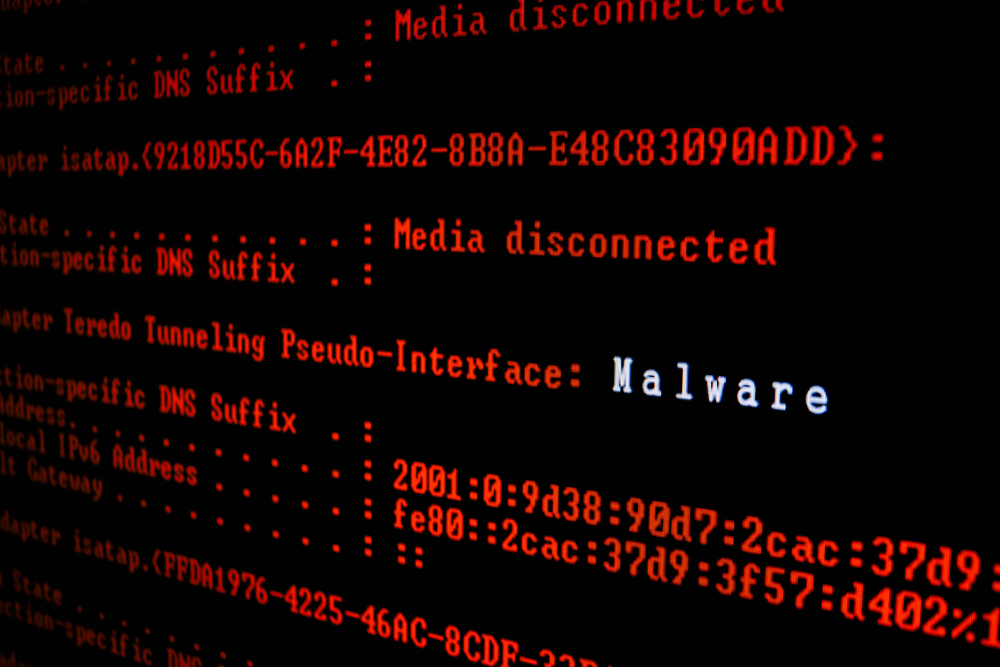Hackers use WebSVN to deploy new Mirai malware
Attackers used the notorious malware to perform distributed denial of service attacks


Hackers are exploiting a vulnerability affecting WebSVN, an open source web application for browsing source code, to deploy variants of the Mirai DDoS malware.
According to security researchers at Palo Alto Networks’ Unit 42, while the critical command injection vulnerability was discovered and patched in May this year, they’ve observed hackers exploiting unpatched versions of the application.
The flaw, CVE-2021-32305, affects version 2.6.0 of the software. A proof-of-concept was released in June and within a week attackers exploited the vulnerability to deploy variants of the Mirai DDoS malware.
The flaw happens when a hacker uses a command injection to download a shell script that infects the system with malware.
“When abusing these types of web vulnerabilities, some important details about the target environment may be unknown to the attacker. These details include the operating system and processor architecture that the web server is running. The shell script used in the next step of the attack shows how the attacker can overcome this issue,” said researchers.
Hackers also used malicious Linux binaries provided for 12 different architectures. But instead of detecting which one is correct for the target environment, an attack will take a brute-force approach. Researchers said the script simply downloads and attempts to execute the binaries for every possible architecture, disregarding any incompatibility errors.
“Although WebSVN is a cross-platform PHP application capable of running on many operating systems, only Linux binaries are used in this attack,” researchers said.
Get the ITPro daily newsletter
Sign up today and you will receive a free copy of our Future Focus 2025 report - the leading guidance on AI, cybersecurity and other IT challenges as per 700+ senior executives
RELATED RESOURCE

Challenging the rules of security
Protecting data and simplifying IT management with Chrome OS
When analyzed, researchers said hackers use the malware to perform distributed denial of service (DDoS) attacks, and it shares some of its code with the Mirai botnet family.
Hackers reduced the size of the executable files by compressing them with a modified version of the popular open source packer, UPX.
“Because the packer is modified, it is less likely for reverse engineering tools to succeed in automatically unpacking the executable files, requiring more manual effort for analysis,” they said.
After the malware is executed, it continuously tries to connect to its command and control (C2) server on port 666. Once it establishes a connection, it communicates using a custom text-based TCP protocol.
Researchers said the main purpose of this malware family is to perform DDoS attacks, and the effectiveness of an attack depends on the network protocols and techniques used.
“In the analyzed sample, there are eight types of attacks, each designed to be effective against a different type of target,” said researchers.
Researchers said attackers will continue to exploit the latest vulnerabilities to “expand their army of infected devices and increase the strength of their DDoS attacks.” WebSVN users have been urged to upgrade to the latest software version.
Rene Millman is a freelance writer and broadcaster who covers cybersecurity, AI, IoT, and the cloud. He also works as a contributing analyst at GigaOm and has previously worked as an analyst for Gartner covering the infrastructure market. He has made numerous television appearances to give his views and expertise on technology trends and companies that affect and shape our lives. You can follow Rene Millman on Twitter.
-
 Bigger salaries, more burnout: Is the CISO role in crisis?
Bigger salaries, more burnout: Is the CISO role in crisis?In-depth CISOs are more stressed than ever before – but why is this and what can be done?
By Kate O'Flaherty Published
-
 Cheap cyber crime kits can be bought on the dark web for less than $25
Cheap cyber crime kits can be bought on the dark web for less than $25News Research from NordVPN shows phishing kits are now widely available on the dark web and via messaging apps like Telegram, and are often selling for less than $25.
By Emma Woollacott Published